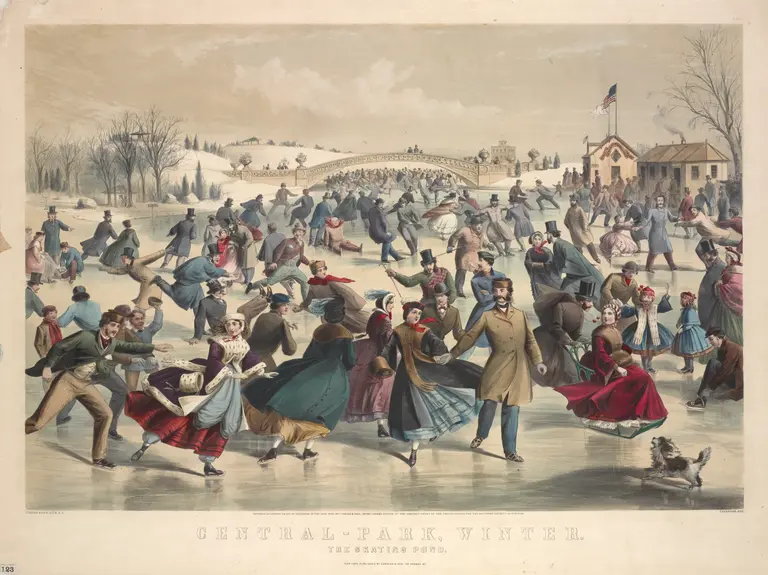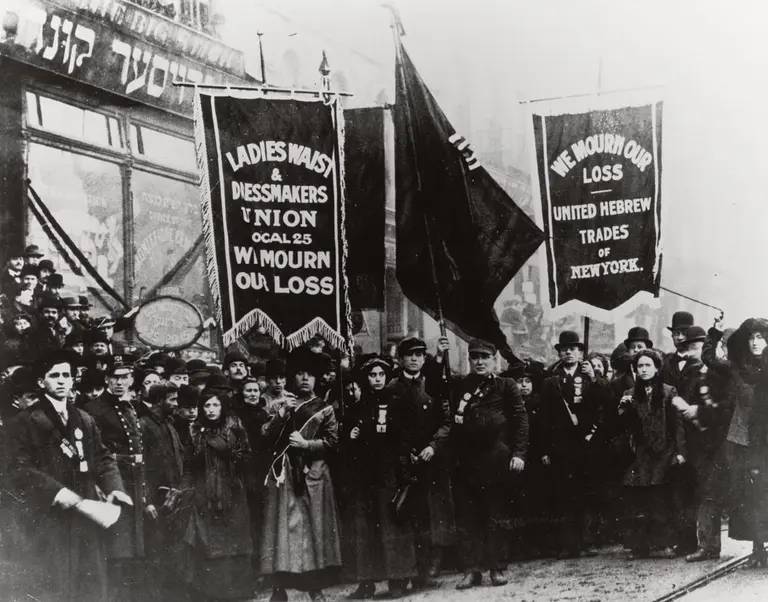October 10, 2019
If you spent the first weekend of October hoisting lager and Oomph-ing it up for Oktoberfest, then you joined a long and proud tradition of German beer production and consumption in New York City. In fact, New York’s German-owned breweries were once the largest beer-making operations in the country, and the brewers themselves grew into regional and national power-players, transforming Major League Baseball, holding elected office, and, perhaps most importantly, sponsoring goat beauty pageants in Central Park. While brewing flourished in both Manhattan and Brooklyn throughout the 19th century, the city’s largest breweries were clustered in Yorkville. In fact, much of the neighborhood’s storied German cultural history can be traced to the rise of brewing in the area, and the German-language shops, cultural institutions and social halls that sprang up to cater to the brewery workers.
Get more Hopping History Here!































